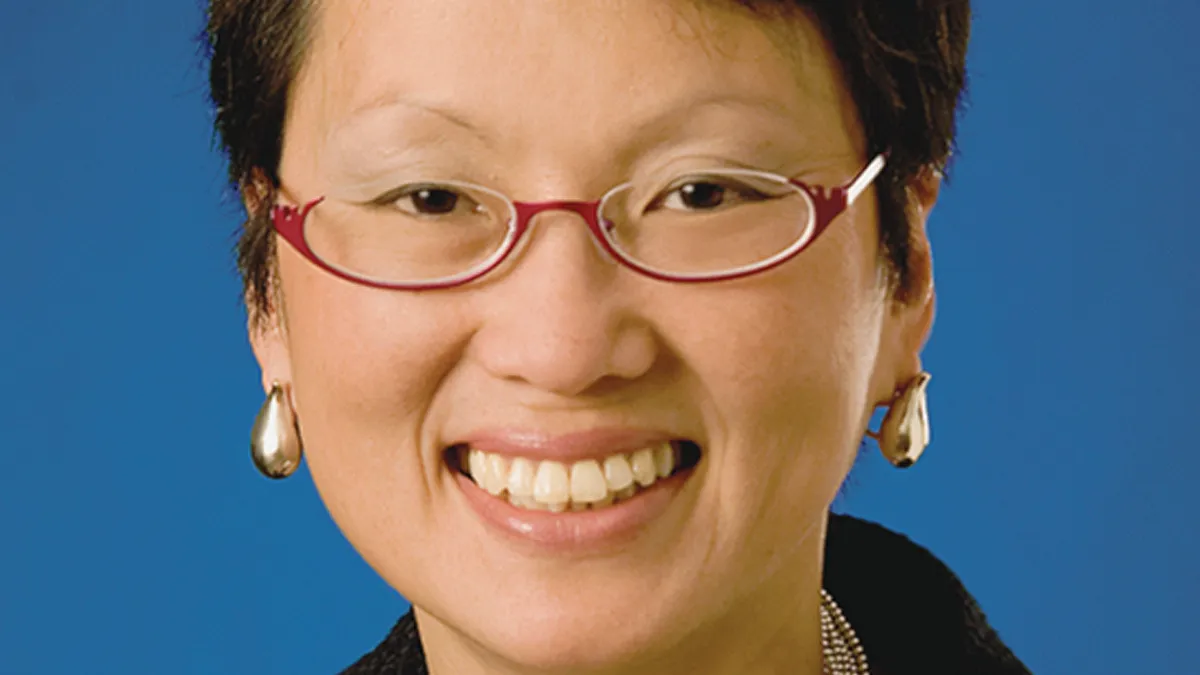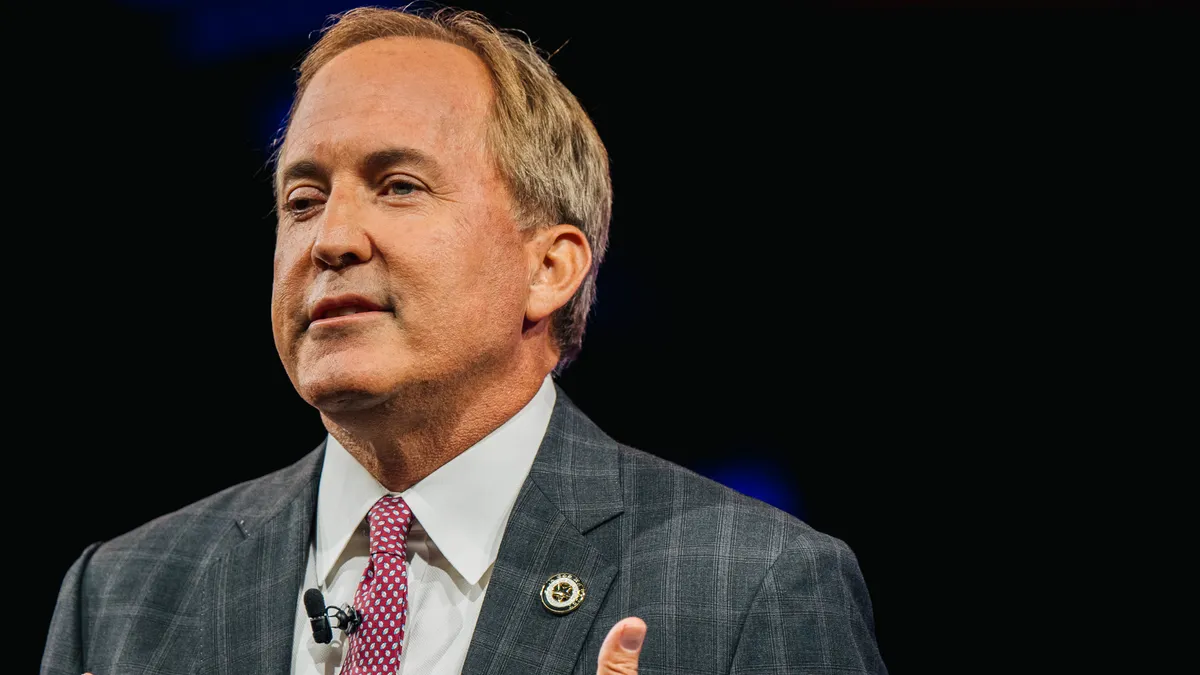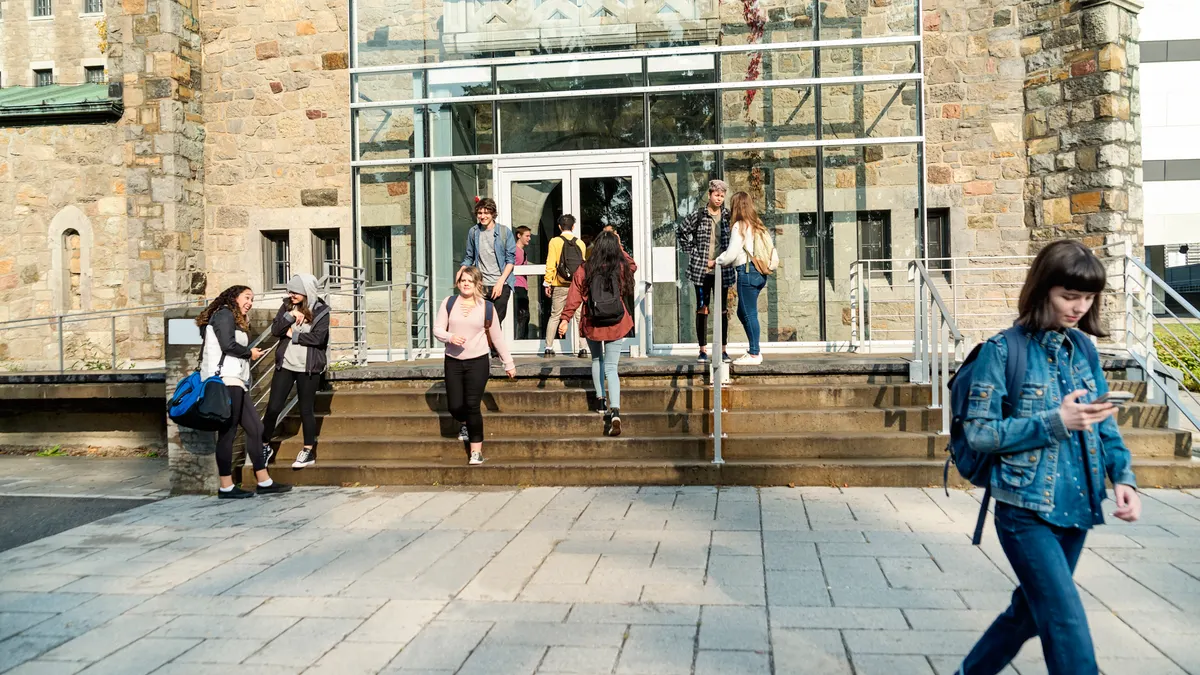Last month, California Community Colleges Vice Chancellor of Workforce and Economic Development Division Van Ton-Quinlivan wrote for the Stanford Social Innovation Review about the pressing need for collaboration between the workforce, higher education and social justice efforts. Her list of best practices called for new methods of acquisition, trust building and uniting common objectives as the keys to building a successful culture of equity and opportunity for a wide variety of students.
It is the kind of work that has earned Ton-Quinlivan national recognition as a scholar and advocate for workforce development through training within the system's 113 institutions. With strategic oversight and budgetary review of a $900 million system, her work in oversight of the Strong Workforce Task Force has positioned California as a model for credentialing and career pathway development for students.
She is the first profile in our Women's History Month series honoring women in leadership in higher ed, and spoke with us recently about her personal motivations and strategic vision for helping to bridge sectors in benefit of families throughout the state.
EDUCATION DIVE: Why is it that you do what you do?
Ton-Quinlivan: I’m first generation. I came here because of the Vietnam War, and so I’m a product of English as a Second Language, lunch tokens, career counseling in community centers, and a lot of the social development structures which helped my family to not only integrate, but to land on our feet. I feel it is my turn to help others to find their door and to give back.
EDUCATION DIVE: Is there a moment or lesson in your career that inspired you to work with community colleges?
Ton-Quinlivan: I became interested in community college when it didn’t receive a lot of the spotlight in higher education. I was invited to come and teach in a community college classroom while I was working in the private sector, and the moment I entered the classroom at De Anza College, there were 50 students in the class, and there were only five white faces. It immediately occurred to me that this is where the workforce was going to come from, and yet, when I was at Stanford doing my graduate degree in education policy, the community colleges were not even on the radar back then. So it showed me that the community college would be where the workforce would be shaped, and could be a good place to make a difference in helping to shape the policy around them.
I feel great urgency in doing this work because for first-generation students there really is no fall back onto your parents’ couches because of the fragility of the economic situation. So how do you help students get to as much education as they want, but help them to land on their feet in terms of getting into the workforce?
EDUCATION DIVE: What were some of the great lessons you learned along the way in helping to construct your career as an advocate for workforce development and educational access?
Ton-Quinlivan: Everybody has a role, and everyone brings what they do best to make something work. Education can’t be the primary force pushing or pulling, and neither can the employers. The old model of educators teaching and then throwing students over the wall and expecting that they will land on their feet on the employer side doesn’t work; we have to be in conversation along the way. It mirrors the supply chain; it is analogous in that suppliers created things and then people who benefited from those products either liked them or didn’t like them. Over time, they determined that there was a better process for suppliers and consumers coming together and speaking about what’s quality and what works.
EDUCATION DIVE: As you’ve ascended in your career, has it become easier to navigate the realities of the industry being dominated largely by white men?
Ton-Quinlivan: I had the benefit of some really good mentors along the way, and some of the best advice I received was that "you have to know your numbers." I find that the universal language of numbers really helps, especially for women, to hold their place at the table. Earlier in my career, I made sure I came into the room making sure that I was able to answer the first three layers of questions related to the numbers. At this stage of my career, the titles and experience give you credibility, but earlier in your career, people are watching what you say and you don’t necessarily have that credibility in the room.”
EDUCATION DIVE: For you, the future of higher education looks bright from a community college perspective. But when you include four-year schools, is that a strange dynamic for you? It seems like it would be important given the options many students take for transferring?
Ton-Quinlivan: There’s some in higher education who hope that some of the major trends are momentary and will go away, but I think that if you look at parallels in other areas where technology has changed how people want to experience education and the rapid obsolescence of skills, we have a lot of stranded workers. This model of only having education at 18 or 22 years old is a model of the past, and the future model is workers constantly coming back to improve and to learn new skills, and that world is very challenging to all institutions. We’re grounded in a time and place that didn’t have to move so fast, and it is easier for these new entities and platforms to adapt. If you ask about the institutional strategy for a digital world, I think it is very confusing right now and we have a long way to go.
EDUCATION DIVE: What’s the top piece of advice you would give to someone who is trying to emulate your career, or working to be in executive management in higher education?
Ton-Quinlivan: Intersect the future. When I started, my belief was that in seven to 10 years community colleges were going to be in the spotlight because of the emerging issues of diversity and workforce development. So charting a career starts with thinking about what the needs of the future are going to be, because if you pick something that is relevant today, it may be hard to differentiate yourself in the future. You won’t have enough time to get ahead of the curve once change arrives.
















